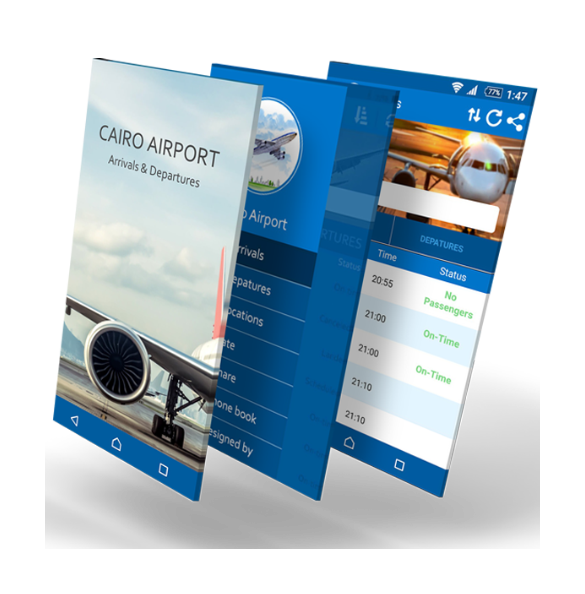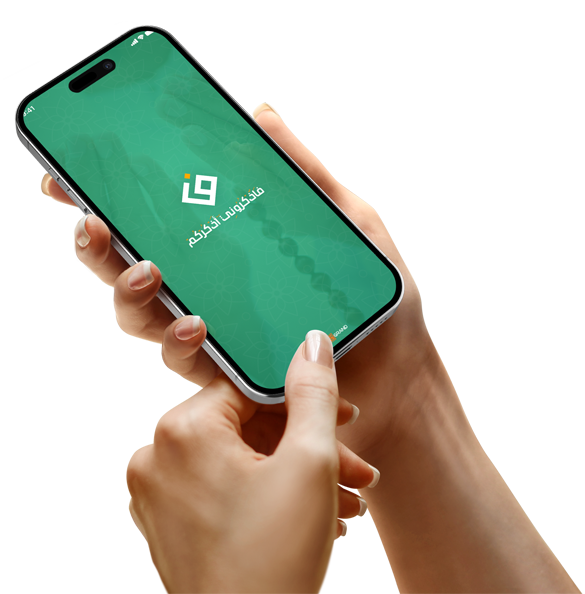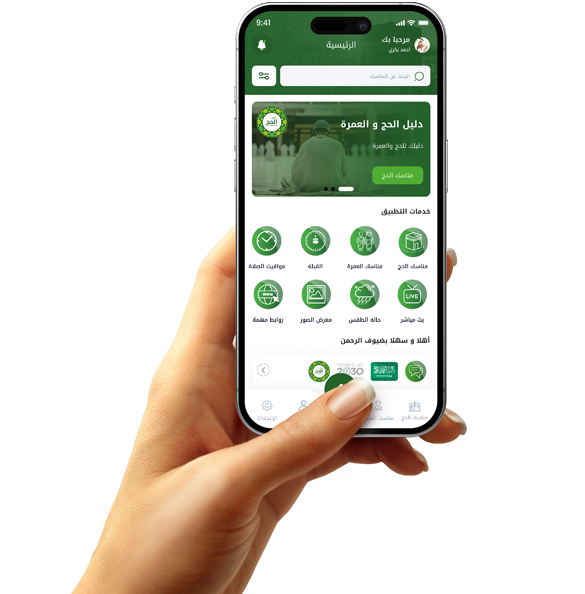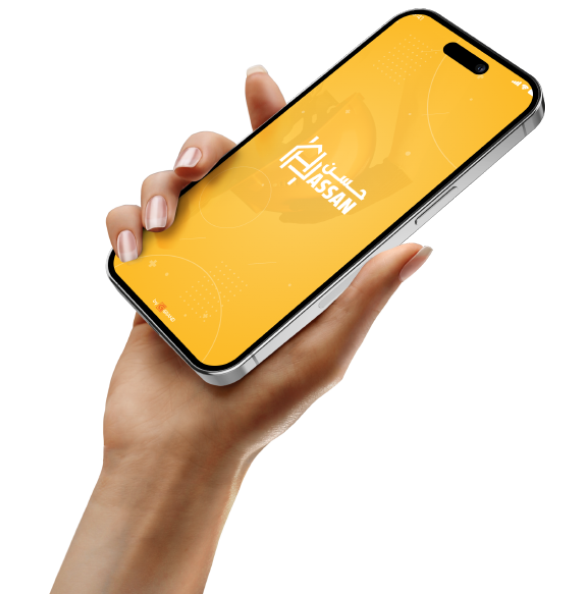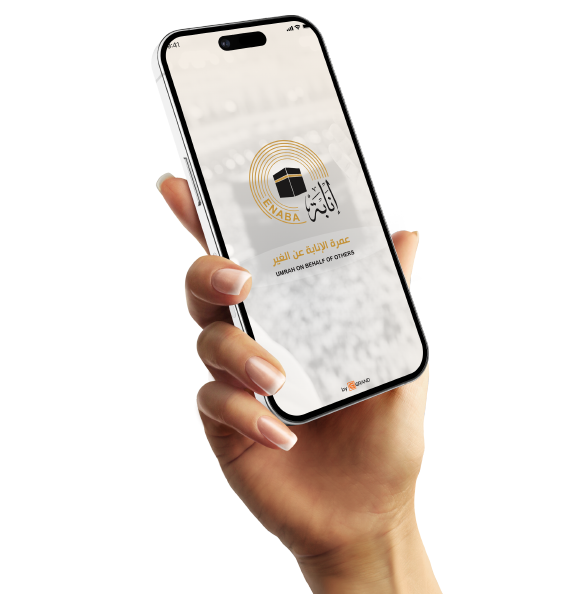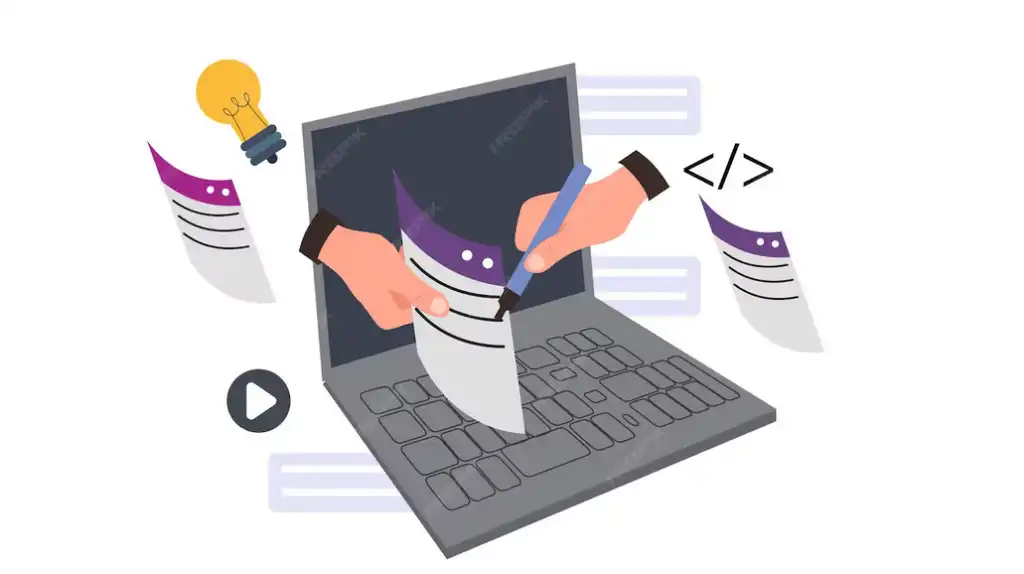Design flexible delivery apps that operate in multiple cities.
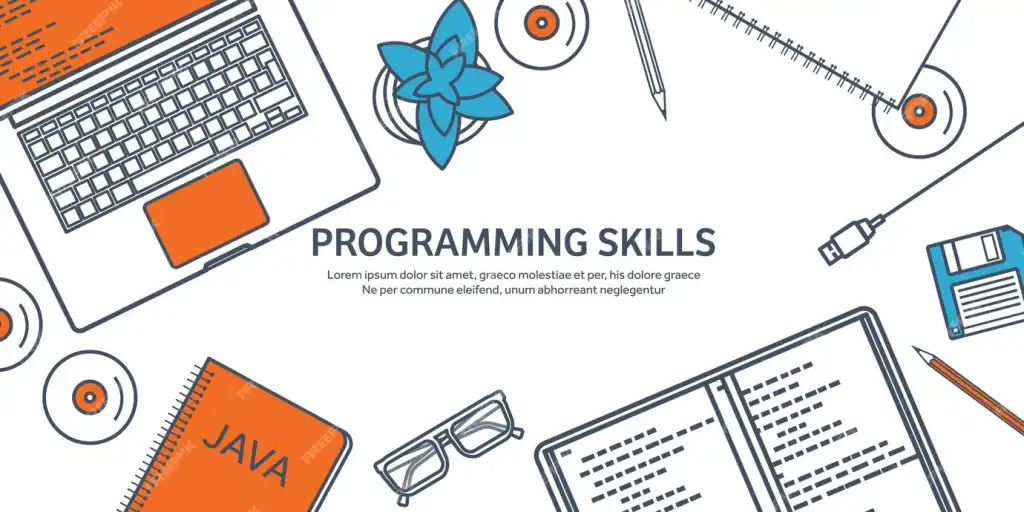
Adapting to Local Regulations in Each City
One of the biggest challenges facing delivery apps in multiple cities is the differences in local regulations, whether it's business regulations, licensing requirements, or even purchasing customs and traditions. Therefore, the app must be designed to be flexible enough to adapt to each operating environment.
First, there must be city-specific administrative settings within the app's dashboard. For example, some cities may impose specific delivery times or prohibit delivery during peak times, and system administrators must be able to easily adjust these rules.
Also, taxation systems vary from place to place. In one city, a VAT may be charged on each order, while in another, prices may be all-inclusive. Therefore, an accounting system must be designed that can be customized based on geography.
From a user interface perspective, the app must be able to display the local currency, as well as any additional fees related to the city or region in which the user is located. These small details create a clearer and more professional user experience.
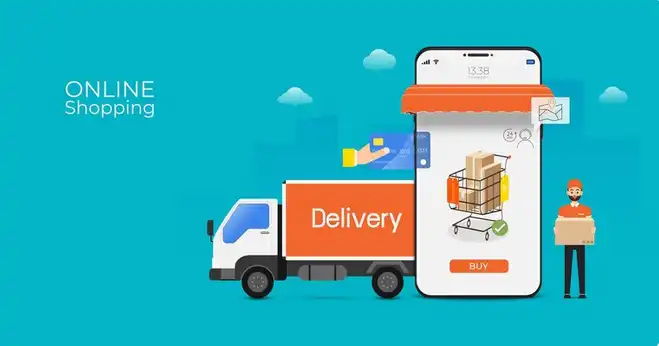
Unifying the User Experience While Maintaining Local Character
When designing a delivery app that serves multiple cities, it's important to create a user experience that is consistent in form and functionality, while also respecting the local character of each city. Combining these two aspects requires intelligent and balanced design.
A unified experience means that the user can easily understand the app, whether using it in Riyadh, Dubai, or Cairo. The buttons, ordering steps, and shopping cart should be nearly identical to avoid confusion. This builds trust and reduces learning time.
However, the user should feel that the app is relevant to their environment. For example, if the app is located in a city famous for certain foods, it's best to highlight these foods on the homepage. Or if there's a local event, such as Eid or a particular festival, the app's colors or logos can be changed to highlight the local character.
One smart way to achieve this balance is through dynamic content. Offers, notifications, and images can be customized by city, without changing the basic appearance of the app. This way, the user gets a familiar experience that's also directly relevant to their surroundings.
Technically, the content management system must support the division of cities into independent regions, allowing offers, advertisements, and discounts tailored to each region to be easily delivered without affecting other cities.

Inventory and Service Management by City
Multi-city delivery apps face a significant challenge in coordinating and updating inventory and service data across each city. Each region has its own stores, suppliers, and services, and available products can vary significantly.
It is a mistake to assume that inventory is uniform across all cities. Therefore, the app must provide a customized inventory management system for each city, allowing each branch or supplier to easily add or modify their available products and services.
This system must operate flexibly with a dedicated interface to manage each geographic location. For example, if Store A only delivers in Jeddah, it should not appear in Riyadh. Similarly, products that are out of stock in Dammam should be removed from the app to avoid frustration and failed orders.

Supporting Multiple Delivery Options According to Each City's Specifics
One of the most important elements for the success of multi-city delivery apps is providing a variety of delivery options that align with the nature of each city and the needs of its residents. Not every city is similar in terms of infrastructure, traffic density, or shopping culture.
In some large, crowded cities, express bicycle delivery may be the ideal option, while in other, less crowded cities, users may prefer private car delivery or even designated pickup points.
Therefore, it is essential to build an in-app system that allows multiple delivery options depending on the city. For example, a city like Riyadh might support car delivery, bicycle delivery, and "pickup from store" service, while in a small coastal city, only bicycle delivery may be available.
This diversity should be clearly presented to the user within the app, explaining the difference in price and expected delivery time for each option. Transparency here plays a significant role in improving the user experience and making informed decisions.



